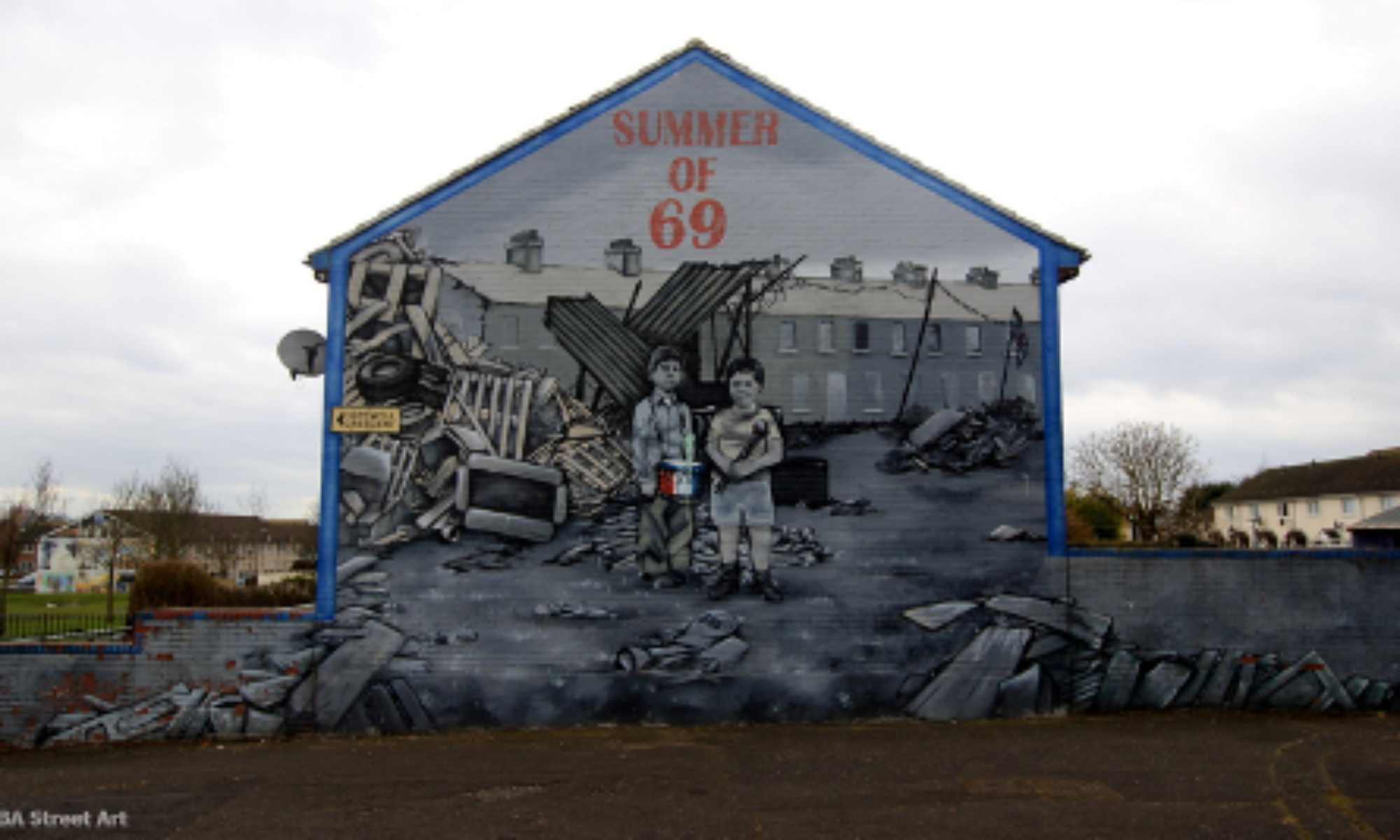Mirrors reflect the attributes of their subjects. Dark mirrors, then, reflect the negative aspects. We saw, this week, revolutionary groups in action in both Ireland and the U.S. as they grappled with themselves and their enemies. After watching and discussing these movies I believe Uptight specifically displayed that this kind of dark mirror is present both between the movie’s black revolutionaries and the IRA, as well as between the movie’s underground government and the very governments it meant to oppose. These dark mirrors reflect not only the historical recurrence of violence between the different revolutionary groups, but it also how revolutionary groups, in their opposition to governments, begin to take the form of the very government they rebel against.
I have talked about the historical repetition of violence before, but that was in reference to ’68 and today. What Uptight shows, however, is that ’68 itself reflects violence even prior to itself. Even back in 1922, the IRA was a group that, fed up with peaceful compromises to their goals, resorted to violence to achieve them. The black revolutionaries in Uptight were exactly the same way, stealing guns and preparing for armed rebellion in response to the perceived failure of peaceful compromise. From this, we can see ’68 is an inheritor of a legacy of revolutionary violence. In this sense, a dark mirror of violence as a means for change is made between the IRA and black revolutionaries.
Perhaps most interesting is the reflection between the black revolutionary underground government, and the government it hoped to oppose. The black revolutionaries saw the American system they found themselves in as corrupt and systemically opposed to them. A kind of society where blacks were excluded as not wanted, and violence was used to suppress them. However, they respond in turn the exact same way as their oppressors. The revolutionaries start to exclude white allies, and plan to use violence to achieve their goals. They even hold mock court to try members they believe committed betrayal organizing just like a government would. Here, there exists a dark mirror between the group and the very entity it wants to oppose.
Ultimately, I think these movies have better contextualized ’68. Both in relation to other revolutionary times, as well as attitudes toward governmental authority. I am excited to further explore ’68 and find what other dark mirrors exist within it.

I like your point that revolutionary organizations often become just like the evil they stand against. I think that whenever a group of people become hopeless and have to fight for survival, the slightest incident can ignite the fire of revolution. Most likely, revolutionaries have a clear goal in mind and will use whatever is needed to achieve it. This includes being fast, deterministic, and ideological. Ultimately, to have the strongest momentum moving forward, the organization has to exert control on its members. And this naturally leads to structures like that of governmental structures, except the leaders are closer to dictators. Perhaps it is the hard truth that evil replicates itself, and as you said, mirrors across space and time.